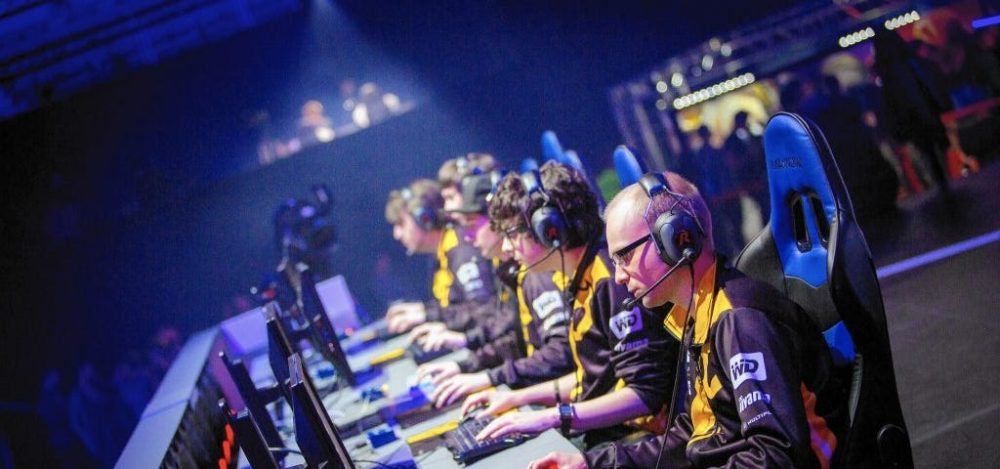Sport doesn’t ask for love. It demands action. Only discipline and repetitions form a stable perception, not inspiring phrases and motivational posts. The paradox is how to love sport when the body resists, the mind procrastinates, and time seems to evaporate? The answer is not hidden in words, but in simple behavioral mechanisms that create a new norm.
How to love sport: start the body — start the changes
It’s simple in the body: no movement — no chemistry. The levels of dopamine, serotonin, endorphins drop. Mood decreases, irritability intensifies, procrastination grows. Physical activity stabilizes hormonal balance. Cardio workouts, at least 30 minutes a day, increase dopamine levels by 20–30%. For comparison, sweets only give a 10% boost, but the crash is sharper.
Without neural reward, the brain won’t perceive activity as beneficial. That’s why the first two weeks are critical: a rhythm is needed for the body to “remember” the effect.
Minimal input: walking, not a marathon
Starting without overload prevents failure. The “small victories” system works better than fanaticism. Walking at a pace of 6 km/h, three times a week for 40 minutes, reduces the risk of ischemia by 25%. This regimen forms a stable habit in just 21 days, as proven by Stanford research.
Walks provide cardio load, speed up metabolism by 15%, stabilize blood pressure. Moreover, they don’t require preparation, equipment, or special time.
How to love sport: sources of sustainable motivation
Motivation for sports fades if not integrated into daily routine. Constant effort quickly depletes self-control. But behavioral triggers solve the problem.
Proven ways to love sport:
- Fixed time — exercising at the same hours increases habit stability by 40% (Duke University data).
- Friend support — joint workouts increase activity duration by at least 1.5 times.
- Action link — for example, stretching right after a morning shower initiates a routine connection.
- Progress visualization — tables, graphs, checklists create internal competition.
- Coach or mentor — external control and regular feedback increase engagement level by 65%.
- Realistic goal — specificity like “walk 10,000 steps in 7 days” is 3 times more effective than abstract goals.
- Proper attire — comfortable gear reduces risks of setbacks, especially in the initial habit-forming stage.
Each of these triggers reduces the burden on willpower and transforms physical activity into a natural behavior. Just choose one, reinforce it with repetition — and motivation will start working effortlessly.
Workouts as an antidote to laziness
The problem isn’t laziness but lack of progress. The brain devalues efforts without results. However, well-structured workouts bring measurable effects in just 2 weeks. Increasing endurance by 15%, lowering resting heart rate by 7 beats, muscle tone growth — the minimum set of changes that drive continuation.
How to love workouts — introduce a control parameter. For example, monitor plank hold time, number of squats, or post-run pulse. Dynamics are the main stimulus, not external changes.
Habit starts with a calendar
Without time fixation, habit formation won’t happen. Biorhythms set the optimal window: from 7:00 to 9:00, testosterone and cortisol levels peak. Morning physical activity synchronizes biorhythms, accelerates nervous system activation, improves cognitive functions.
How to find time for sports — identify “dead zones” in your daily schedule. For instance, replace 30 minutes of scrolling through your phone with a workout — a minimal step with maximum benefit. Harvard research confirmed: even short exercises enhance productivity by 12% over 6 hours.
Sport and work: union, not conflict
Physical activity boosts productivity, reduces stress levels, enhances memory. Combining workouts and work is a matter of strategy, not time.
In SAP Germany, employees who exercised at least twice a week showed 21% higher efficiency levels. Implementing short workouts into the corporate schedule reduced sick days by 32%.
How to love sport — integrate it into your work schedule through corporate initiatives, fitness subsidies, flexible office arrangements.
Diet and sport: biochemistry in action
The body doesn’t engage without fuel. Protein deficiency, magnesium deficit, lack of complex carbs — and the body refuses to engage the engine. Sports activity requires balance. A dietitian recommends increasing protein intake to 1.5 g per kg of weight during active workouts. This helps muscles recover faster, and energy lasts longer.
How to love sport — build a diet that provides strength. Examples of simple solutions: a breakfast of oatmeal with nuts and yogurt satisfies for 3–4 hours, a banana before a workout is an instant energy source. Constant calorie deficit undermines motivation and increases the risk of setbacks.
Discipline over inspiration
Motivation arises when actions are already in progress. Not the other way around. Regularity, not impulse, ensures sustainable progress. Discipline is the key to lasting effects. The “no days off” strategy harms more than it helps. For example, 3 workouts a week with a 48-hour interval allow muscles to adapt and reduce inflammation. Excessive zeal leads to “overtraining” effects: insomnia, irritability, muscle fatigue.
It’s important to maintain balance. A schedule and self-control build internal support. Discipline is not rigidity but a precise system.
How to love sport: goal as fuel for results
Without a goal, there’s no direction. Without results, there’s no confirmation. A goal activates the brain’s prefrontal cortex and sets focus. Specificity is a mandatory condition. “Become more active” is abstract. “Run 5 km in 30 minutes in 6 weeks” is specific.
A clear goal with a deadline and metric must be formulated. University of Melbourne research data showed: a specific goal increases the chance of achievement by 76%.
Results reinforce actions. Reducing waist size by 2 cm, grip strength increase, resting heart rate decrease — indicators that are visible, felt, and recorded. Clear focus on progress creates a sense of purpose and involvement.
How sport changes life
Workouts improve everything: from sleep to self-esteem. A 15% improvement in lung ventilation, a 30% increase in neuroplasticity, normalization of insulin levels — just the tip of the iceberg. Exercises activate the hippocampus, which controls learning and memory. With regular physical activity, the risk of depression drops by 42%, and workplace productivity increases by 10–12%.
How to love sport — notice improvements beyond the body. Clear mind, endurance, concentration. Results are measurable and tangible. Quality of life doesn’t grow linearly but in leaps, and physical activity triggers this domino effect.
Conclusion
How to love sport — means to stop waiting for the perfect moment and start acting systematically. Small steps, clear goals, repetition, and personal adjustment turn workouts from a task into a necessity. Physical activity becomes not a burden but a resource that stabilizes the state, improves mood, and strengthens the body. It’s not a burst of motivation but a skill that develops through practice and conscious choice every day.
 en
en  de
de  ar
ar  es
es  nl
nl  hi
hi  fr
fr  it
it  pt
pt  el
el 










